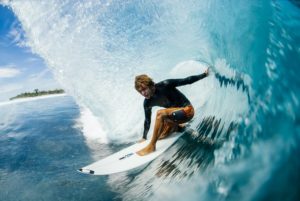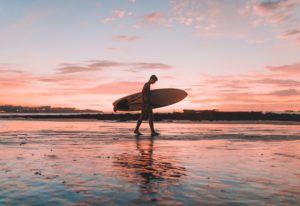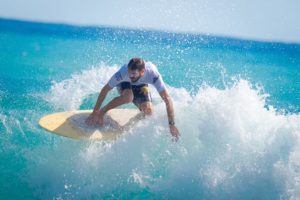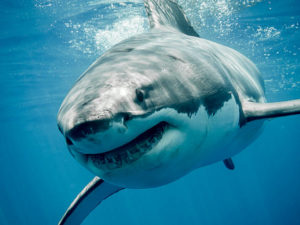MELISSA SWANSON attained the
Association of Aquatic Professionals Aquatic Professional (AqP) designation
Melissa Swanson, Founder of The Swimming Swan, LLC has fulfilled the requirements and attained the Aquatic Professional (AqP) designation with the Association of Aquatic Professionals (AOAP).
Becoming a designated AqP identifies distinguished professionals who are leaders in the aquatic industry and are committed to continual aquatic education, certification and professional development. The AqP core requirements include current membership in the Association of Aquatic Professionals, possession of several industry specific nationally recognized certifications, education and/or experience requisites, verified completion of professional development sessions, and successfully passing an AqP written exam.
Established in 2016, the AqP designation was developed to set aquatic professionals apart from their peers and to be recognized for their expertise and achievement. This two-year designation requires aquatic professionals to continue their pursuit of education, training and certifications to renew their designation. The commitment of this frequent development displays a direct service benefit to the advancement of the aquatic industry.
The Association of Aquatic Professionals welcomes our newest Aquatic Professional Designee. AqPs represent a diverse group of professionals, all of which are dedicated to improving the quality of life of their communities through the provision of superior aquatic opportunities. More information on the AqP designation is available at https://aquaticpros.org/aquatic- professional-designation/
The Association of Aquatic Professionals is a domestic 501(c)3 Non-Profit Corporation that exclusively promotes and advocates policies, practices and procedures that contribute to safer and improved aquatic education, recreation activities, programs, and facilities. The Association supports its membership through the provision of aquatic education opportunities, research in the field of aquatic management and safety, and coordination between established aquatic associations responsible for all aspects of aquatic programming, management, operations, maintenance, and aquatic facility design. Additionally, the Association produces an annual conference and free educational resources for communities on drowning prevention and water safety.
The article is brought to you by: The Swimming Swan
from The Swimming Swan LLC https://theswimmingswan.com/melissa-swanson-aqp-press-release
via https://theswimmingswan.com









